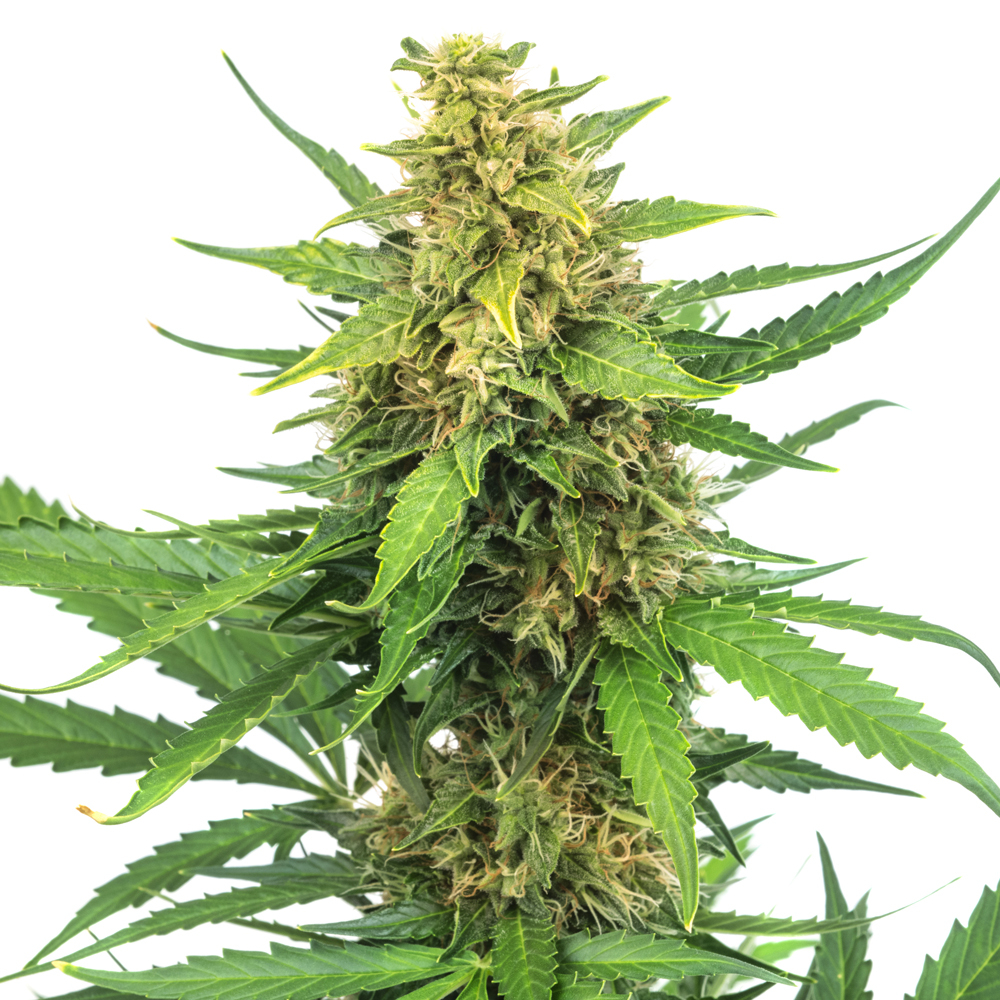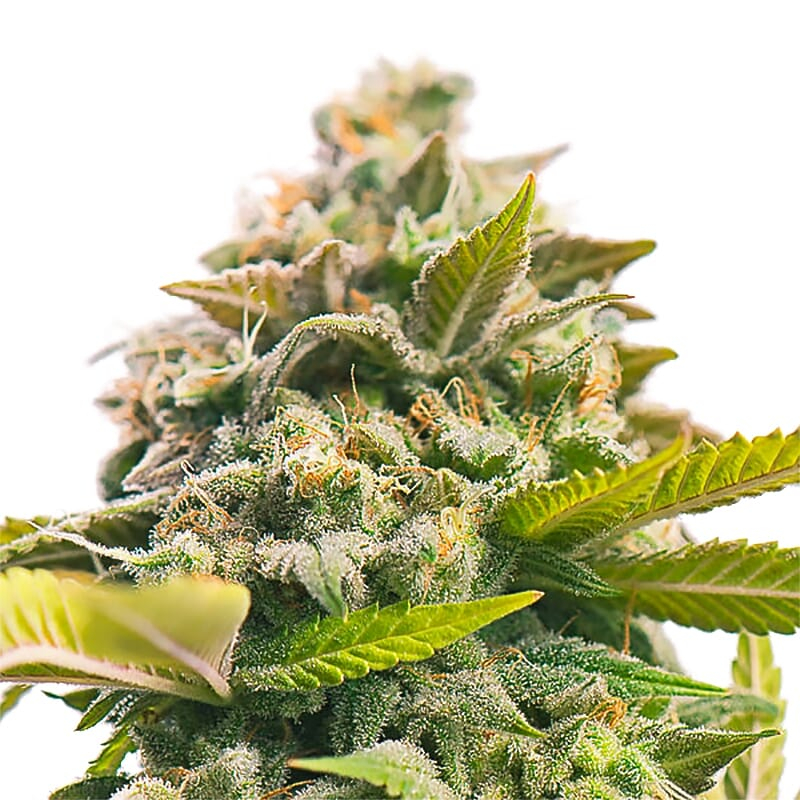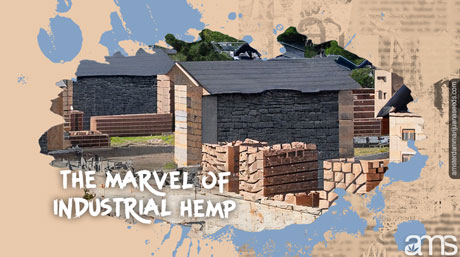Eco-revolution: The construction of a sustainable eco-village.
Once upon a time, in the industrial city of Katowice, Poland, two close-knit construction entrepreneurs, Janek and Mirek, dreamt of a sustainable future. Specialists in eco-friendly and sustainable building materials, they envisioned creating living spaces that complemented nature, rather than disrupting it.
Meanwhile, in Amsterdam, a Dutchman named Pieter was making waves with his wholesale business that sourced and sold ecological, environmentally-friendly construction materials. Across the European continent, in sunny Milan, an Italian architectural firm, led by the charismatic Piero, was renowned for its inventive designs, focused on sustainability and a seamless fusion of the indoors and outdoors.
Serendipity brought these visionary men together at an international summit on eco-friendly construction in Brussels. They quickly recognized a shared dream – building an eco-friendly village where humans and nature could thrive together. The idea was ambitious, but they believed that with their combined expertise, they could make it happen.
They chose the pristine wilderness of Bialowieza Forest, Poland, for their project. This UNESCO World Heritage Site, with its lush greenery and exotic wildlife, presented the perfect canvas for their eco-friendly masterpiece.
They enlisted the help of a local land and garden architect, Kasia, known for her expertise in creating gardens that worked in harmony with the local ecosystem. The goal was to create a village that was self-sufficient and sustainable, where residents lived in concert with the environment and each other.

After months of meticulous planning, the construction began. Janek and Mirek, with Pieter’s materials, worked closely with Piero’s firm to create houses that were both practical and beautiful, using local, eco-friendly materials and incorporating elements like green roofs and solar panels. Kasia designed communal vegetable and herb gardens, intertwining with the surrounding forest yet sufficiently yielding to sustain the village.
Within the village, they allocated spaces for communal farming. They brought in a few cows, goats, sheep, and chickens for dairy and poultry needs, ensuring they had enough space to roam freely. Cats and dogs were welcome, with carefully planned spaces for them to play without disturbing local wildlife.
Piero and his team designed a charming country store at the village’s heart, which sold self-produced and locally sourced products. From fresh milk and cheese to home-grown fruits and vegetables, the store offered everything the residents and nearby locals could need.
With each passing day, the dream became a reality. What once was a rough sketch on Piero’s drawing board was now a thriving eco-village in the heart of Bialowieza Forest.
The village quickly attracted people who shared the same vision—those who wanted to live sustainably, respecting and preserving the earth for future generations. It wasn’t just a village; it was a community, a big family living in harmony with nature and each other.
This eco-friendly village set an example for sustainable living, not only in Poland but all over the world. It was a testament to the dream of Janek, Mirek, Pieter, Piero, and Kasia – the dream of living in harmony with nature, cherishing and preserving the earth for future generations.
The tale of this eco-village in Bialowieza Forest, Poland, remains a shining beacon of hope, a testament to what can be achieved when ambition, expertise, and respect for nature converge. It’s a story that inspires us all to dream of a sustainable, eco-friendly future and work towards making it a reality.
FAQs about Eco-village
What are the benefits of eco-friendly construction materials?
Eco-friendly construction materials offer several benefits such as reduced environmental impact, improved energy efficiency, better indoor air quality, and long-term cost savings. They promote sustainable practices, reduce resource consumption, and contribute to a healthier and more sustainable built environment.
How can green roofs contribute to sustainability?
Green roofs provide several sustainability benefits. They improve energy efficiency by reducing heating and cooling needs, mitigate urban heat island effect, manage stormwater runoff, increase biodiversity, and create green spaces in urban areas. Green roofs also enhance the aesthetics of buildings and contribute to the overall well-being of occupants.
What are the key elements of sustainable community design?
Sustainable community design incorporates various elements such as walkability, mixed land uses, access to public transportation, green spaces, energy-efficient buildings, water conservation measures, waste management systems, community engagement, and social equity. It aims to create vibrant, inclusive, and environmentally conscious communities that promote a high quality of life and reduce ecological footprints.















